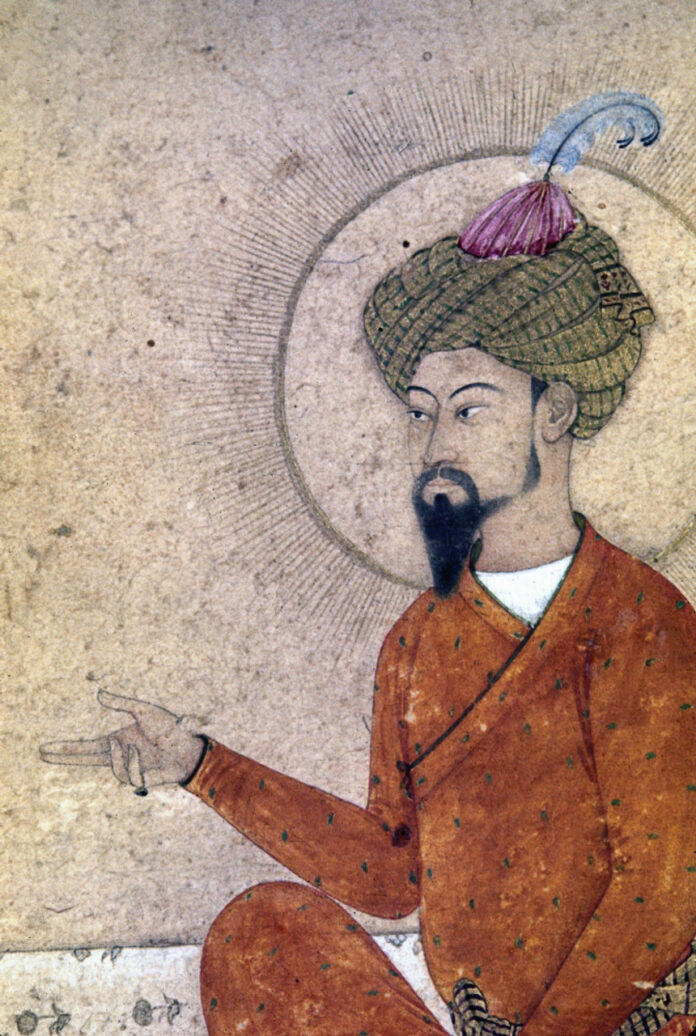 Welcome back my dearest gentle reader, today I will take you to the heavenly bodies of Mughal Emperor Humayum’s observatory, to the dreams of Kabul while mapping the enchanting lands of India, on our flying Persian carpet.
Welcome back my dearest gentle reader, today I will take you to the heavenly bodies of Mughal Emperor Humayum’s observatory, to the dreams of Kabul while mapping the enchanting lands of India, on our flying Persian carpet.
Babar throne of India was succeeded by a lovable and easy-going bon vivant Nasiruddin Muhammad Humayun, who was devoted more to the pleasures of life than to the pursuit of power and did not have the grit and ruthlessness needed to prevail in the turbulent political environment of Hindustan. The Mughal’s adversaries, though routed in several battles by Babur, were not destroyed, and they hovered on the periphery of the empire, regrouping, observing, waiting for the right time. Hence in 1540, the resurgent Afghans struck, seized the imperial throne and drove Humayun out of India.
For 3 years Humayun wandered about in the western borderland with a small band of followers, hoping for a turn of fortune and that did not happen. Hence, he finally crossed the Indus and, scurrying through the domains of his hostile brothers in Afghanistan, took refuge with the Shah of Persia. The Shah welcomed Humayun as an honoured royal guest, and there Humayun basked in the opulent Persian hospitality for a year, “feasting and celebrating”, as his personal attendant Jauhar destribed it. But he had to vindicate his honour, win back his empire. So, he set out again, though rather reluctantly. Humayun was now accompanied by a contingent of troops provided by the Shah, and with their help he seized Afghanistan from his brothers and, after consolidating his power there over several years, set his foot towards India, to recover his lost empire.
Humayun had with him only a tiny army of around 5000 at this time. Thought, that was enough, as Sher Khan, Humayun’s great Afghan adversary, had died a few years earlier, and North India was in political turmoil. In July 1555, Humayun stormed back into Delhi, 15 years after he was driven out of it by Insurgent Sher Khan. It was an exultant return however soon he died in a tragic accident, tumbling down the stairs of his astronomical observatory, where, obsessed with astrology, he had gone to study what the stars boded.
To be continued…



